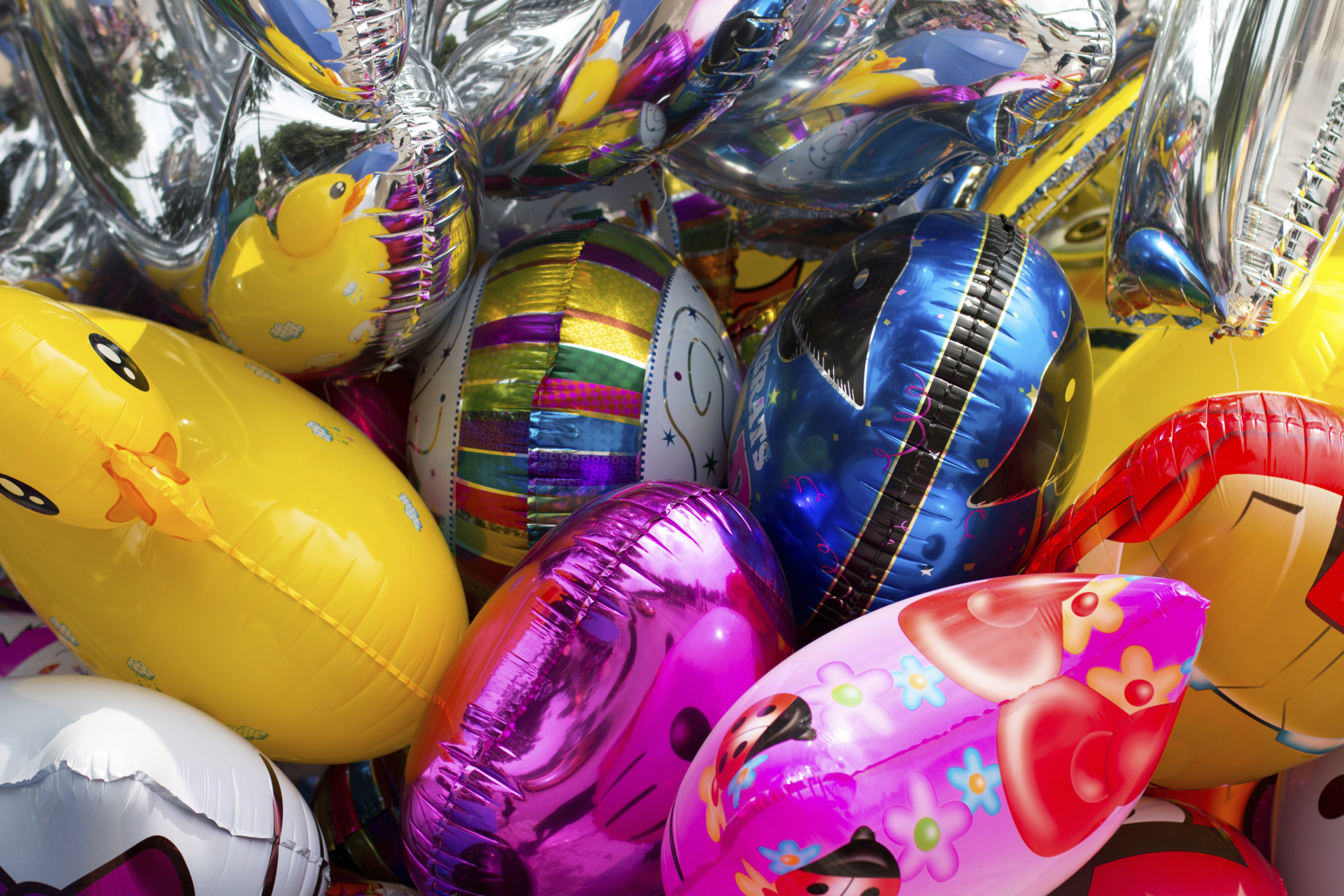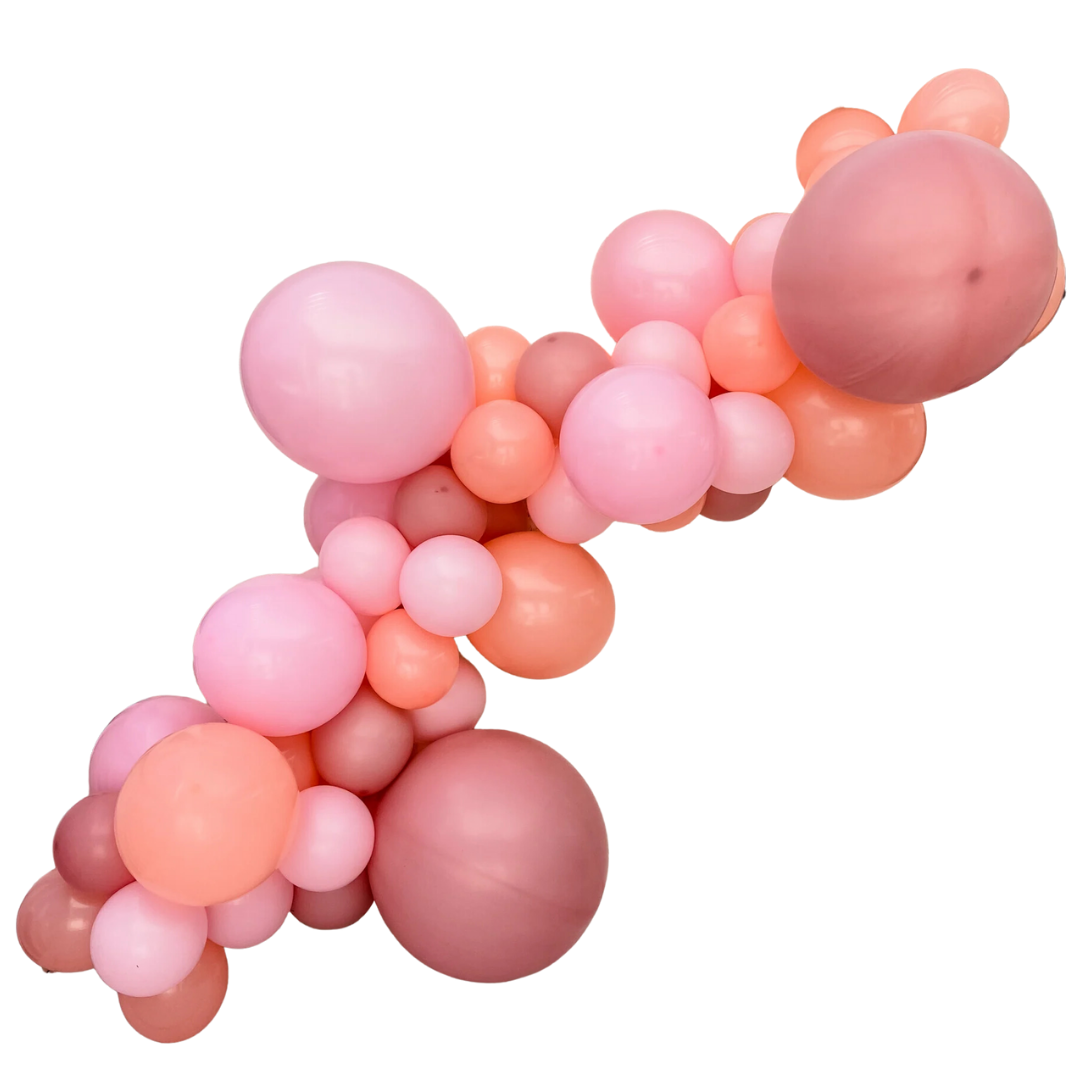Balloons have been a staple of celebrations for centuries, adding a touch of color and festivity to any occasion. From birthday parties to grand events, these buoyant objects never fail to bring joy. But have you ever wondered what exactly balloons are made of? In this exploration, we delve into the materials behind these whimsical creations, uncovering the science and artistry that go into their production.
The History of Balloons
Before we unravel the composition of modern balloons, it’s essential to take a brief journey through their history. The origins of balloons can be traced back to ancient civilizations, where people used animal bladders or intestines to create rudimentary inflatable objects. However, it wasn’t until the late 19th century that rubber balloons, as we know them today, came into existence.

The Evolution of Balloon Materials
Early rubber balloons were crafted from natural latex, derived from the sap of rubber trees. While these balloons were revolutionary for their time, they had their limitations. Natural latex is biodegradable and can degrade relatively quickly, leading to the development of synthetic materials for balloon production.
Latex Balloons: The Classic Choice
Latex balloons remain a popular choice for their elasticity, vibrant colors, and biodegradability. These balloons are primarily composed of latex rubber, a material harvested from the Hevea brasiliensis tree. Latex is collected through a process called tapping, where incisions are made in the tree’s bark, allowing the latex to flow into collection cups.

The Chemistry of Latex Rubber
Latex rubber consists of long chains of polymers, specifically polyisoprene molecules. These polymers give latex its stretchy properties, allowing balloons to expand when inflated. To transform raw latex into balloon material, it undergoes a series of processing steps, including compounding, dipping, and vulcanization.
Additives and Coloring Agents
In addition to latex, balloons often contain various additives to enhance their properties. These additives may include antioxidants to prevent degradation, plasticizers to improve flexibility, and pigments for coloring. The selection and concentration of these additives play a crucial role in determining the balloon’s durability and appearance.

The Rise of Synthetic Balloons
While latex balloons remain popular, synthetic alternatives have gained traction due to their durability and longer shelf life. Synthetic balloons are typically made from materials such as polyvinyl chloride (PVC) or aluminized nylon. These materials offer advantages such as increased resistance to punctures and a wider range of available colors.
Polyvinyl Chloride (PVC) Balloons
PVC balloons are composed of a plastic polymer known as polyvinyl chloride. Unlike latex balloons, which rely on the elasticity of rubber, PVC balloons are inherently rigid. To make them inflatable, manufacturers add plasticizers to the PVC resin, allowing the material to become flexible when inflated.
Aluminized Nylon Balloons
Aluminized nylon balloons, also known as Mylar balloons, are made from a composite material consisting of nylon and a thin layer of aluminum. This combination provides exceptional strength and impermeability to gas, making Mylar balloons ideal for retaining helium, a common inflation gas. Additionally, Mylar balloons can maintain their shape and buoyancy for an extended period.

Environmental Considerations
While balloons bring joy and festivity to countless occasions, their environmental impact has raised concerns in recent years. Latex balloons, touted for their biodegradability, can still pose risks to wildlife if released into the environment. Furthermore, synthetic balloons made from materials like PVC may take years to degrade fully.
Responsible Practices and Alternatives
To mitigate the environmental impact of balloons, individuals and event organizers are encouraged to adopt responsible practices, such as proper disposal and avoiding balloon releases. Additionally, eco-friendly alternatives, such as biodegradable latex balloons and reusable Mylar balloons, offer sustainable options for celebrations without compromising on fun.
Innovations in Balloon Technology
Beyond traditional latex and synthetic materials, advancements in balloon technology continue to push the boundaries of creativity and functionality. One notable innovation is the development of LED balloons, which feature integrated lights that illuminate the balloon from within. These illuminated balloons add a mesmerizing glow to nighttime events, creating a captivating visual spectacle.
The Science of Inflation
The process of inflating balloons may seem straightforward, but it involves a fascinating interplay of physics and chemistry. When a balloon is filled with air or gas, such as helium or hydrogen, the gas molecules exert pressure on the inner surface of the balloon, causing it to expand. Understanding factors like gas density, temperature, and balloon material is essential for achieving the desired buoyancy and longevity.

Specialized Applications
While balloons are commonly associated with celebrations, they also serve practical purposes in various industries. Weather balloons, for instance, are used to collect atmospheric data for meteorological research. Similarly, hot air balloons provide a unique mode of transportation and recreational activity, offering panoramic views from lofty heights.
Artistic Expression
Balloons have inspired artists and designers to explore their creative potential in diverse ways. Balloon sculptors meticulously twist and shape balloons into intricate forms, ranging from animals to elaborate installations. Additionally, balloon artists often incorporate balloons into larger artworks, blending color, shape, and movement to captivate audiences.
Cultural Significance
Across different cultures and traditions, balloons hold symbolic significance beyond their decorative appeal. In some societies, releasing balloons symbolizes the release of worries or negative energy, marking a fresh start or new beginning. In others, balloons are incorporated into religious ceremonies or cultural celebrations as symbols of joy, prosperity, and unity.
The Future of Balloon Technology
As technology continues to advance, the future of balloons holds exciting possibilities. From biodegradable materials to inflatable structures for space exploration, researchers and innovators are exploring new frontiers in balloon technology. Whether used for scientific research, artistic expression, or everyday festivities, balloons will continue to enchant and inspire for generations to come.
Conclusion
Balloons have transcended mere decorations to become symbols of joy and celebration worldwide. Understanding the materials behind these whimsical objects enriches our appreciation for the craftsmanship and innovation that go into their creation. Whether made from natural latex or synthetic polymers, balloons continue to bring smiles to faces of all ages, reminding us of the magic found in simple moments of celebration.

